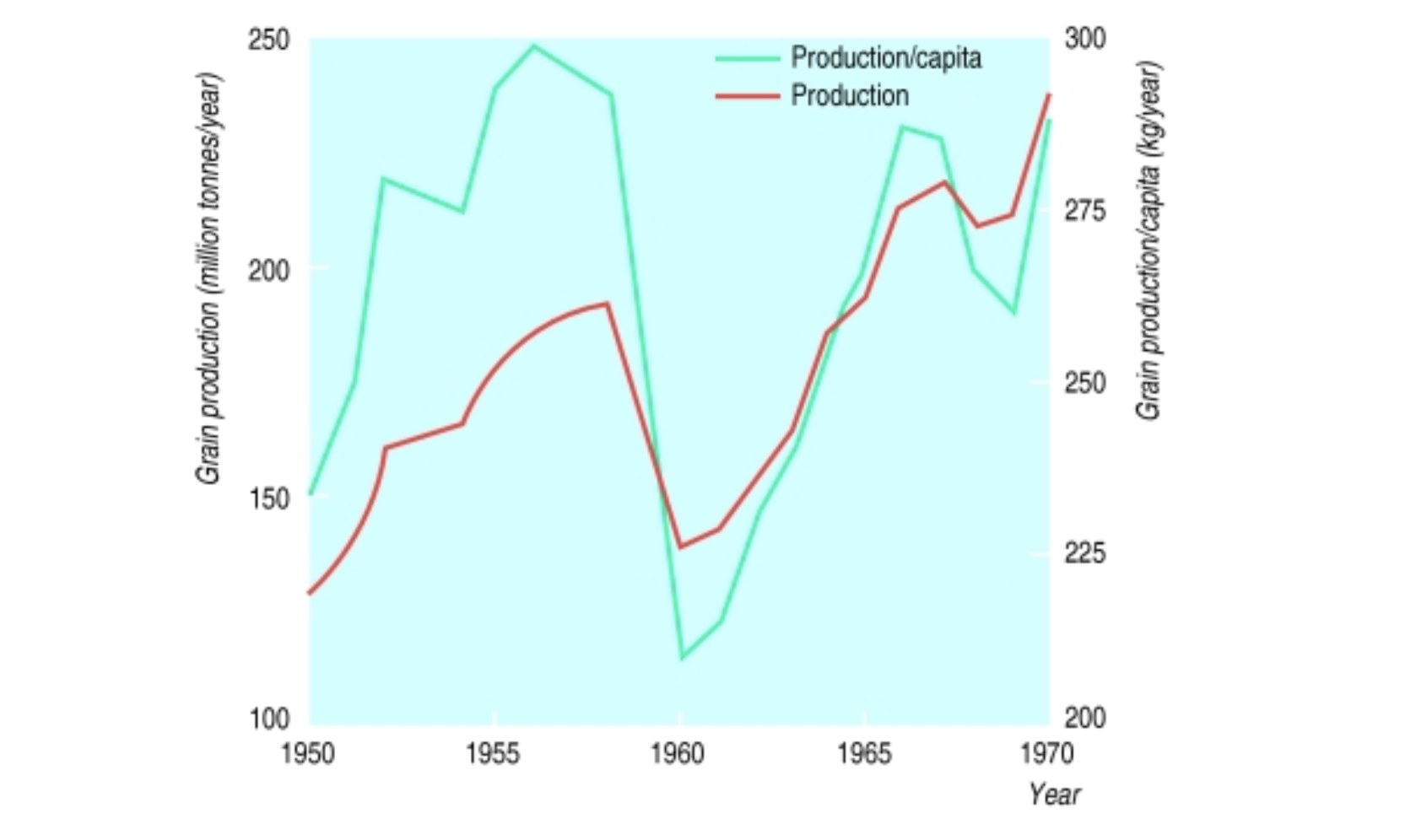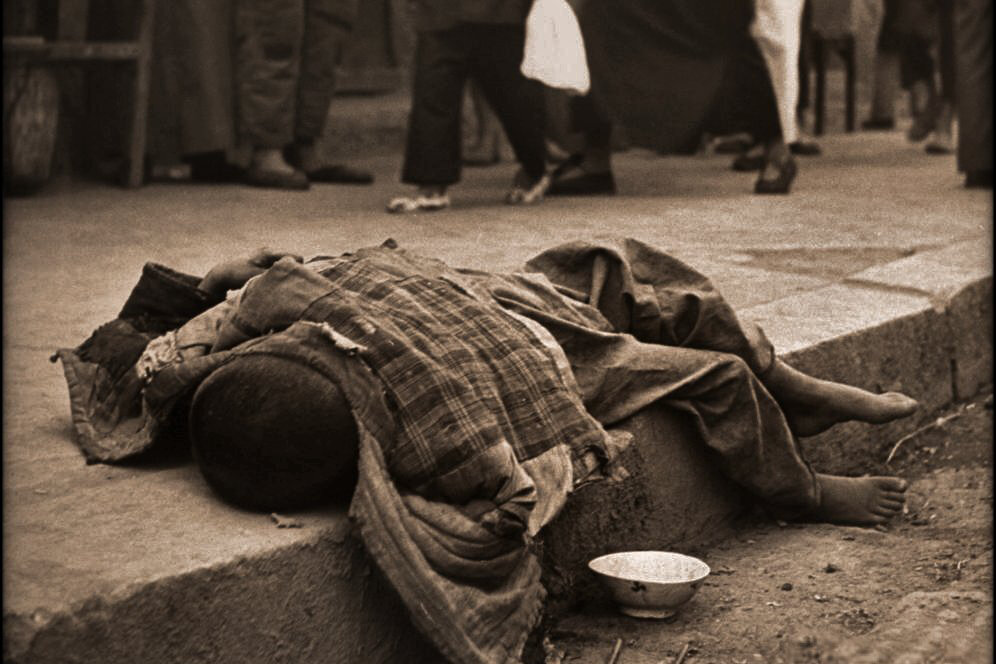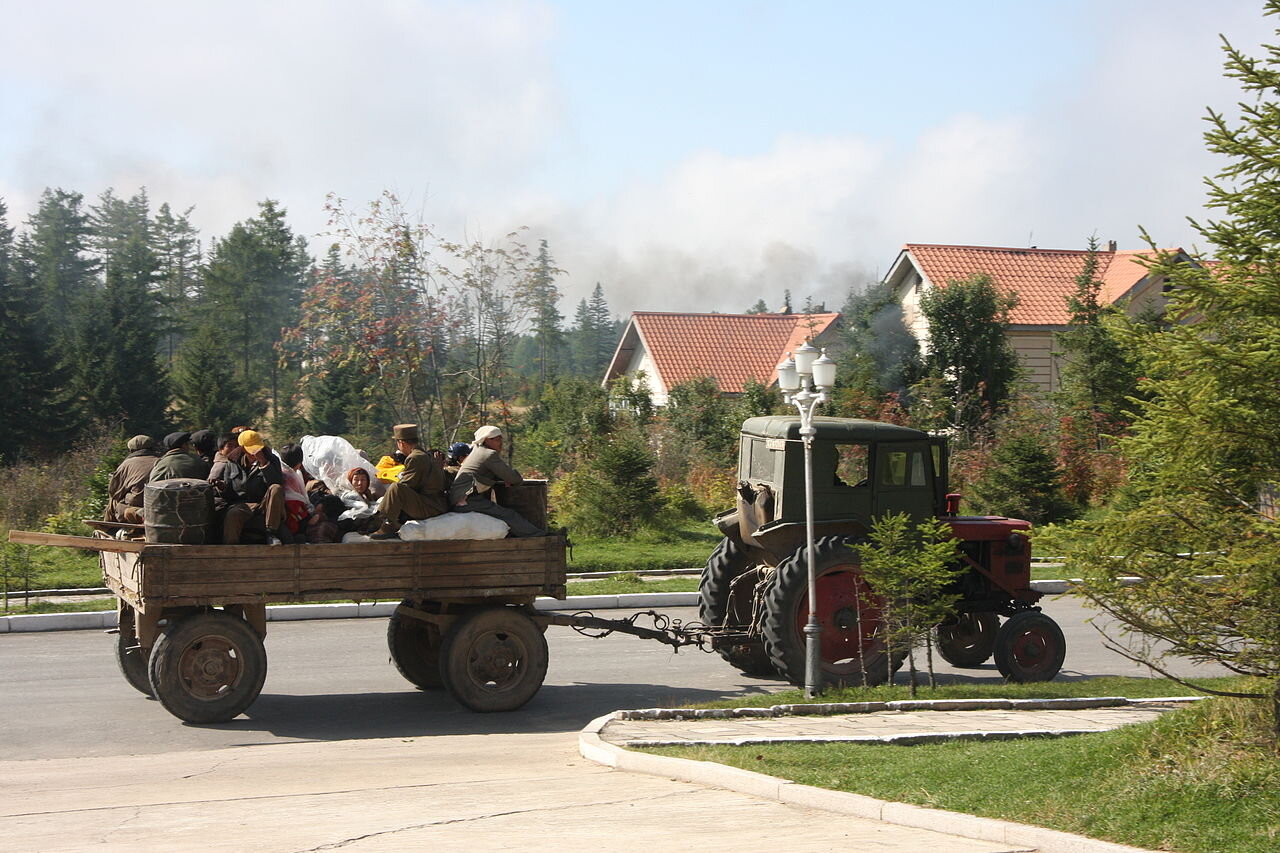SOUTH KOREA TO INCREASE SUPPORT FOR NORTH KOREAN DEFECTORS’ RESETTLEMENT
South Korea’s Ministry of Unification announced its plan to improve the level of support for North Korean defectors by raising the resettlement basic subsidy from 1 million won ($760 USD) to 9 million won ($6,840 USD) per one-person household and the one-time living expenses-related emergency financial assistance from 1 million won to 1.5 million won ($1,140 USD) per case.
Following the lonely death of a North Korean woman in Seoul, the ministry also plans to closely monitor some 1,200 defectors to proactively detect and address their difficulties and provide more psychological support.
According to a survey by Korea Hana Foundation, 17.9 percent of North Korean defectors are self-employed due to discrimination in South Korean companies. The survey also shows that the longer they have lived in the South, the higher the self-employment rate.
“People from North Korea find it difficult to adapt to the workplace culture in South Korea,” commented Seo Jae-pyong, president of the Association for North Korean Defectors.
Source:
https://en.yna.co.kr/view/AEN20230316005100325
https://www.koreatimes.co.kr/www/nation/2023/03/356_347048.html
NORTH KOREA HELD MEETING ON FARMING AMID FOOD SHORTAGES
North Korean leader, Kim Jong-un, discussed issues on agricultural stability and urged officials to meet grain production targets amid reports suggesting that the country is facing a serious shortfall of food.
South Korean lawmakers said that the North is facing an annual rice shortage of 800,000 tons, while a recent United Nations report estimated that 60 percent of the North Korean population suffered from food insecurity by the end of 2021 compared to 40 percent prior to the pandemic.
Kim called to increase yields at all farms and eradicate “internal factors that have [a] negative effect on the development of agriculture,” while declaring that “nothing is impossible” under the leadership of North Korea’s ruling Workers’ Party.
Since Pyongyang has opted for a strict pursuit of self-sufficiency, almost all of its grain is produced domestically and “Achieving adequate agricultural output in North Korea’s unfavorable soils has, ironically, generated heavy reliance on imported goods and left the country exposed to global shocks, diplomatic conflicts, and adverse weather,” explained 38 North, a U.S.-based monitoring project.
Source:
https://www.aljazeera.com/economy/2023/3/2/north-koreas-kim-says-nothing-impossible-amid-grain-push
https://www.theguardian.com/world/2023/feb/28/north-korea-food-shortages-kim-jong-un-agriculture-grain-targets-sanctions
https://www.reuters.com/world/asia-pacific/north-korea-convenes-meeting-agricultural-stability-amid-food-shortage-woes-2023-03-15/
NORTH KOREA’S TREE PLANTING DAY ORDERS
North Korea ordered citizens to plant trees to commemorate the annual Tree Planting Day, which first began when the country’s founder, Kim Il-sung, planted a tree at Munsu Peak in 1947.
Ahead of Tree Planting Day, the authorities called on its people to mobilize workers, housewives and even students throughout North Pyongan province to ensure there is enough saplings for people to plant trees on that day.
According to a North Korea official, the Union of Agricultural Workers planted about 4,000 trees of nine species this year around the Mangyongdae Revolutionary Site, which was also the birthplace of Kim Il-sung.
The country used to celebrate Tree Planting Day on March 2 (North Korea’s equivalent of Arbor Day), but the Standing Committee of the Supreme People’s Assembly issued an ordinance last year changing it to March 14. The ordinance explained that the historical date marks the day when Kim Il-sung called for a pan-national effort to restore forests destroyed by U.S. bombings during the Korean War.
Source:
https://www.dailynk.com/english/n-korea-calls-on-people-to-actively-engage-in-springtime-tree-planting/
https://www.scmp.com/video/asia/3213761/north-koreans-celebrate-annual-tree-planting-day-capital-pyongyang
SOUTH KOREA AND JAPAN MENDS TIES AFTER NORTH KOREA FIRES LONG RANGE MISSILE
South Korea’s Yoon Suk-yeol arrived in Tokyo to meet Japan’s Fumio Kishida hours after Pyongyang fired an intercontinental ballistic missile (“ICBM”) that flew about 1,000 kilometers landing in waters west of Japan.
North Korea last fired an ICBM less than a month ago and experts commented that such missiles are particularly worrying due to their long range that could potentially reach mainland United States.
Yoon’s trip marks the first visit by a South Korean leader to Japan in 12 years.
The two countries pledged to set aside their long-term disputes and work together to counter urgent regional security challenges, namely the nuclear threats posed by North Korea.
Source:
https://www.bbc.com/news/world-asia-64972944
https://www.nytimes.com/2023/03/15/world/asia/south-korea-japan-relations.html
https://www.bloomberg.com/news/articles/2023-03-15/north-korea-fires-ballistic-missile-ahead-of-yoon-s-japan-trip
https://www.reuters.com/world/asia-pacific/south-koreas-yoon-seeks-friend-tokyo-amid-regional-tensions-2023-03-15/

















